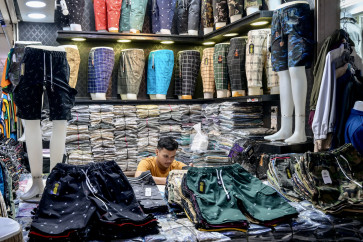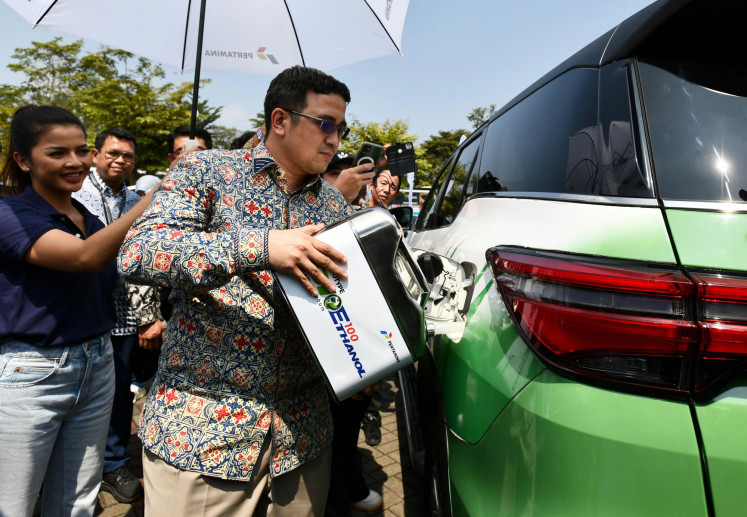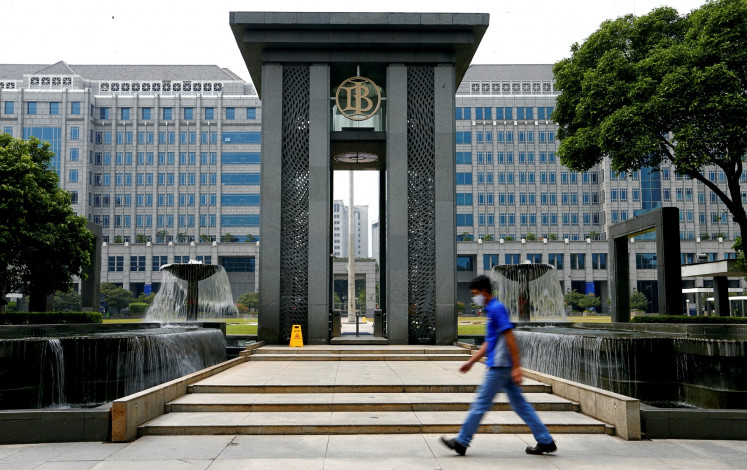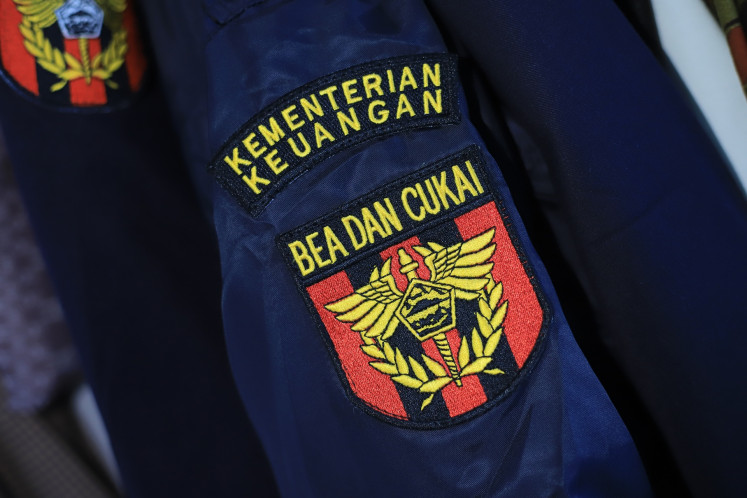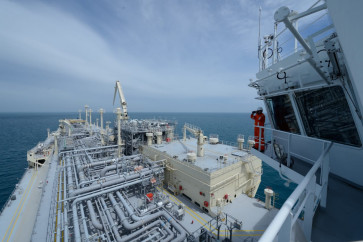Miners shift to LNG for smelters amid mounting ESG pressure
The general trend in switching to LNG as a so-called bridge fuel is a cautionary tale, say experts, given the country's declining reserves and the fact that natural gas is still a fossil fuel, albeit with lower emissions.
Change text size
Gift Premium Articles
to Anyone
 A floating storage and regasification unit (FSRU) belonging to PT Perusahaan Gas Negara (PGN), the Jakarta-listed gas company of state-owned oil and gas giant Pertamina, operates in the waters of Lampung in this undated photograph. (PGN/PGN)
A floating storage and regasification unit (FSRU) belonging to PT Perusahaan Gas Negara (PGN), the Jakarta-listed gas company of state-owned oil and gas giant Pertamina, operates in the waters of Lampung in this undated photograph. (PGN/PGN)
S
ome Indonesian mining companies are switching to electricity powered by liquefied natural gas (LNG) to reduce emissions produced from their mineral processing operations amid growing demand for more sustainable supply chains.
Putra Adhiguna, an energy analyst at the Institute for Energy Economics and Financial Analysis (IEEFA), said pressure to adopt the environmental, social and governance (ESG) framework was intensifying for all mining products, especially commodities critical to the country’s energy transition, such as batteries and electric vehicle (EV) components.
“LNG can help lower emissions [from] processing compared to coal,” Putra told The Jakarta Post on Thursday.
“LNG is typically considered by countries aiming [to secure] a stable energy supply for industrial uses,” he added.
The Energy and Mineral Resources Ministry estimates that in the next five years, Indonesia would need to generate 4.8 gigawatts (GW) in total electricity output to power 52 smelters, 29 of which are nickel smelters.
The lion’s share of the LNG demand, projected at 2.9 GW, is expected to come from smelters in Sulawesi and Maluku.
Read also: Rise in captive power plants casts doubt on JETP emissions target



